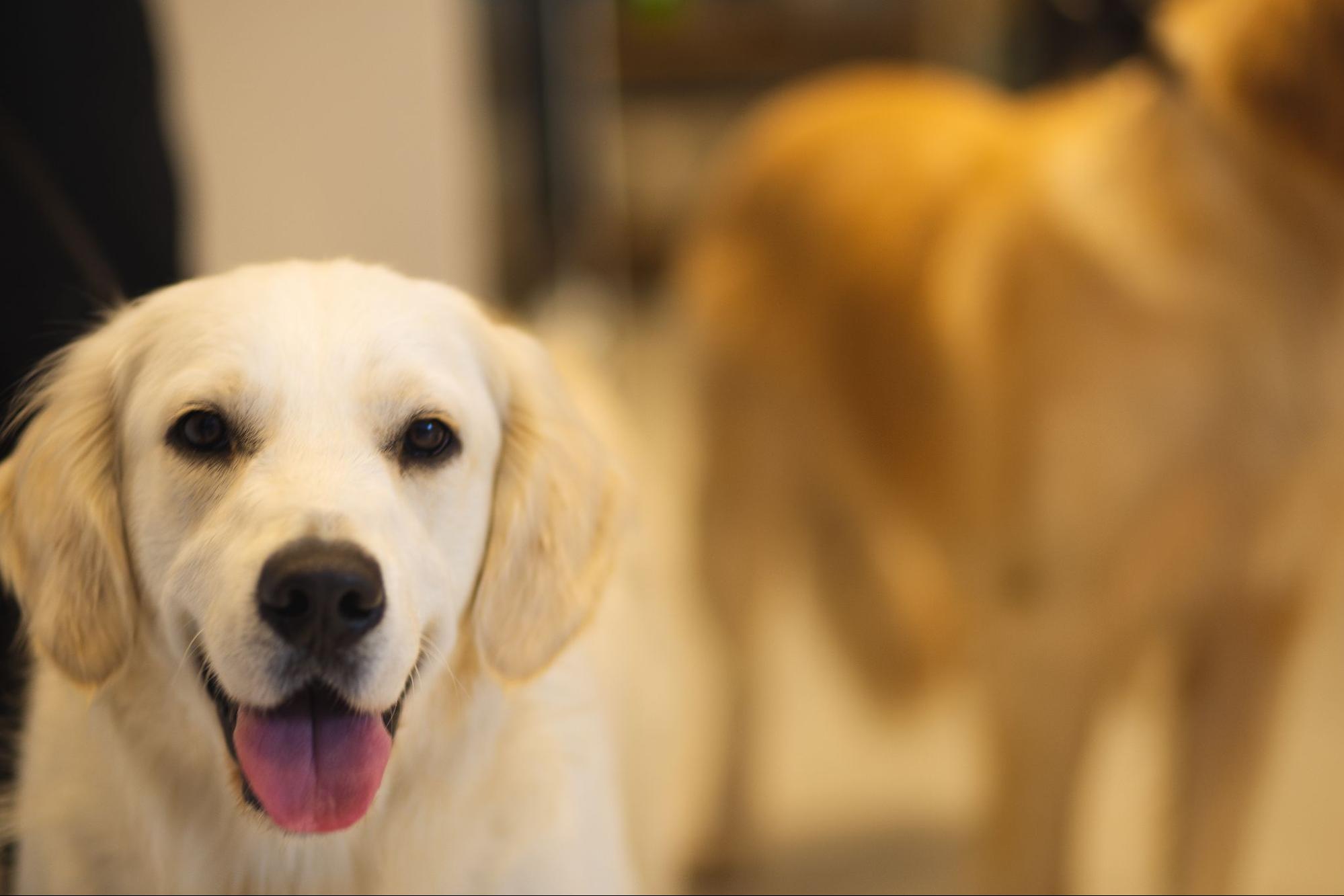How to Get Puppy to Stop Pulling on Leash
As a Labrador owner, I often found myself wondering if my furry friend was making progress in leash training. If you’re facing a similar situation with your puppy and struggling to get them to stop pulling on the leash, you’re not alone. In this article, I’ll share some signs that indicate your Labrador is making progress in their leash manners and offer tips on how to achieve that desired goal.
One of the first signs that your Labrador is making progress is when they start walking beside you rather than pulling ahead. This shows that they are beginning to understand the concept of loose leash walking and are becoming more attentive to your cues. Additionally, if your pup responds positively to verbal or visual commands during walks and remains calm in distracting environments, it’s a clear indication of improvement.
Recognizing signs of progress in your Labrador
When it comes to training your Labrador and getting them to stop pulling on the leash, seeing signs of progress is incredibly rewarding. It shows that your efforts are paying off and that your furry friend is learning and growing. But how can you recognize these signs? Here are a few indicators that your Labrador is making progress on their leash manners:
- Loose Leash Walking: One of the most evident signs of progress is when your Labrador starts walking beside you with a loose leash. This means they are no longer pulling or tugging at the leash to explore everything around them. Instead, they walk calmly by your side, showing self-control and understanding of proper leash etiquette.
- Focus and Attention: As you work with your Labrador on leash training, you’ll notice an improvement in their ability to focus and pay attention to you. They will start looking up at you more often, eagerly awaiting cues or commands from you instead of being easily distracted by other people or dogs passing by.
- Responsive to Commands: A well-trained dog responds promptly to verbal commands such as “sit,” “stay,” or “heel.” As your Labrador progresses in their training journey, they will become more responsive and reliable when given these instructions while walking on the leash.
- Reduced Pulling Incidents: Another clear sign of progress is a decrease in pulling incidents during walks. Your Labrador may still have occasional moments where they get excited or curious about something, but overall, there should be a noticeable improvement in their tendency to pull excessively.
- Calm Demeanor: A calm demeanor during walks indicates that your Labrador is becoming more comfortable with the experience of being on a leash. They should appear relaxed rather than anxious or overly energetic while exploring their

Effective strategies to stop your puppy from pulling on the leash
So, you’ve got a Labrador puppy who just can’t seem to resist the urge to pull on the leash during walks. It’s a common issue that many dog owners face, but don’t worry, there are some effective strategies you can try to help curb this behavior. Here are a few techniques that may come in handy:
- Start with proper leash training: Before you even think about going for a walk, it’s essential to establish basic leash manners with your puppy. Begin by teaching them how to walk calmly beside you using positive reinforcement techniques such as treats and praise. Practice these skills in a quiet and distraction-free environment before venturing out into more stimulating surroundings.
- Use the “stop and stand still” method: When your pup starts tugging at the leash, instead of pulling back or allowing them to continue their forward momentum, simply stop walking and stand still. This sudden halt will catch their attention and make them realize that pulling gets them nowhere. Once they relax and release tension on the leash, reward them with praise or treats and resume walking.
- Employ redirection techniques: Another effective strategy is redirecting your puppy’s focus away from pulling by offering an alternative behavior or distraction. For instance, if they start tugging on the leash, quickly change direction or ask them to perform a simple obedience command like “sit” or “down.” This redirects their energy into something productive rather than engaging in undesirable behavior.
- Consider using no-pull harnesses or head collars: Sometimes certain tools can assist in managing your Lab’s pulling tendencies while training takes place. No-pull harnesses distribute pressure more evenly across the body, discouraging pulling without causing discomfort or harm. Head collars provide better control over your dog’s head movements which can help prevent pulling.
- Seek professional guidance if needed: If you’ve tried various strategies and your Labrador pup is still struggling to stop pulling on the leash, don’t hesitate to seek advice from a professional dog trainer or behaviorist. They can provide personalized guidance tailored to your specific situation and help address any underlying issues that may be contributing to the pulling behavior.